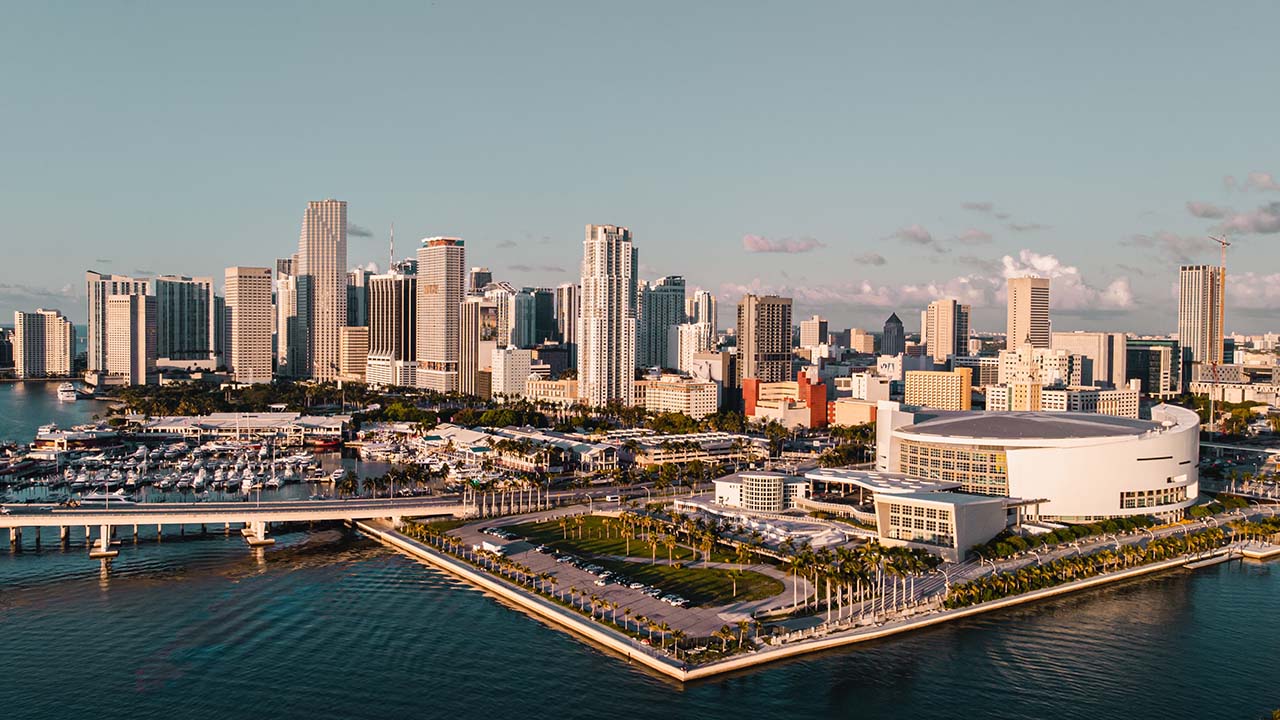Living in South Florida has its perks, from the year-round warm weather to white sandy beaches attracting worldwide tourists. Yet, the area’s popularity, causing an influx of new residents, has shown to be a negative regarding affordability. The growing feeling among South Florida residents that the tri-county area is becoming increasingly unaffordable was recently confirmed by the latest Consumer Price Index report by the U.S. Bureau of Labor Statistics. The study revealed the stark reality of the daily challenges many South Floridians face as consumer prices increased again by the broadest margin among large U.S. urban areas.
The Miami metro area has been plagued with the highest cost-of-living increase among the nation’s biggest 14 metropolitan areas since December 2022, when annual inflation rose 9.9% in Miami. This cost rise continued as the region saw the highest cost-of-living increase to 7.8% for the 12 months ending in August. This marks the first acceleration in the area’s cost of living since February. However, the cost of housing remains the primary contributor to South Florida’s overall rising cost of living. Specifically, home rents saw a 15.3% increase last month compared to a year ago, while the cost of purchasing a home increased by 14.3%.
Over the same period, the Tampa region was tied with Detroit for the second-highest inflation rate, at 5.9%, while Seattle came in third at 5.4%. In the same month, New York’s inflation rate was only 3.5%, with San Francisco following closely at 3.4%, Los Angeles at 3.3%, and Chicago at 2.3%. However, in South Florida, the rise in the cost of living is not limited to housing and fuel, as the prices of food, electricity, and services also increased considerably in August.
Photo credit: Alejandro Luengo














